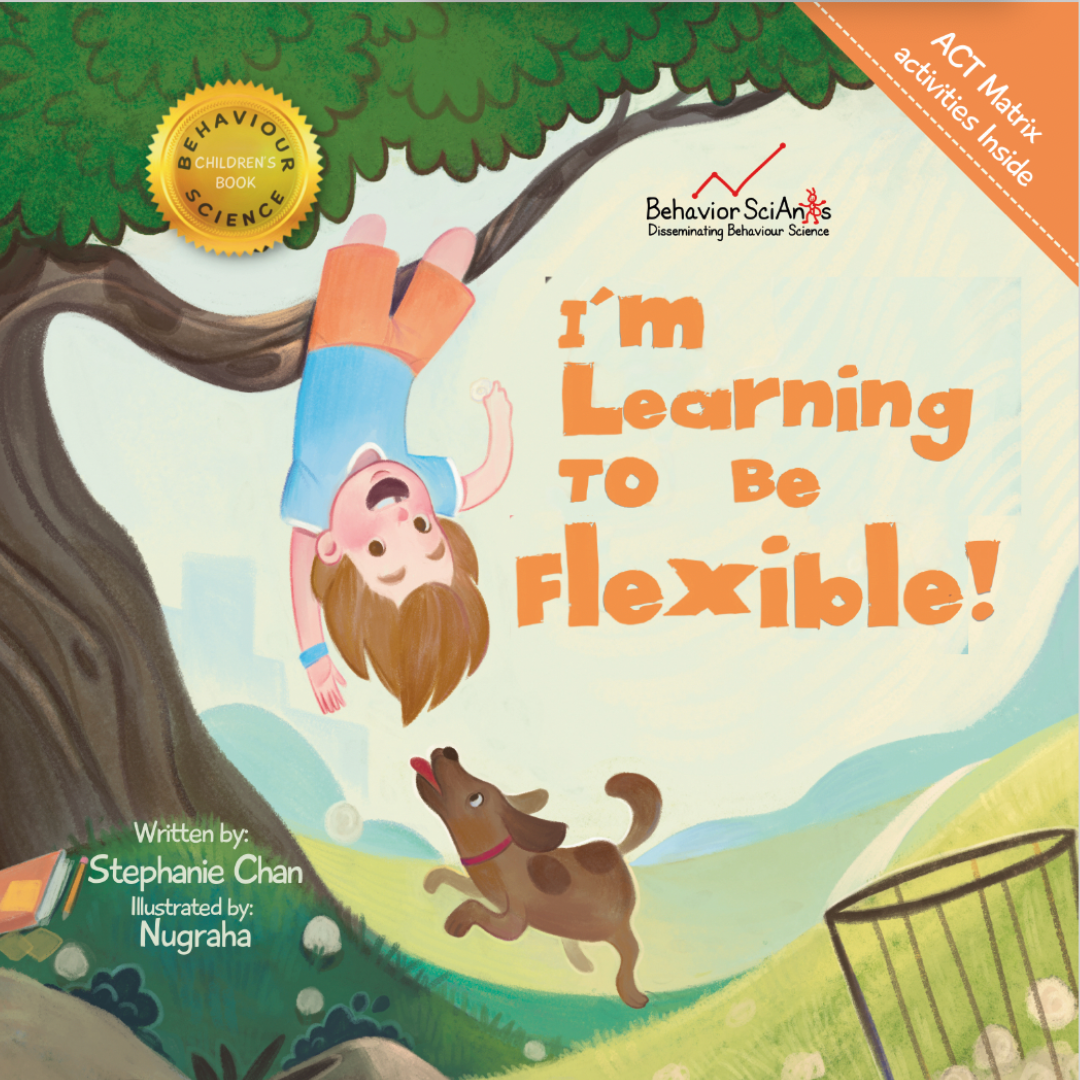1
/
of
3
Stephanie Chan's Book
I'm Learning to Be Flexible!
I'm Learning to Be Flexible!
Regular price
$27.05 CAD
Regular price
Sale price
$27.05 CAD
Unit price
/
per
Couldn't load pickup availability
Does your child or student like to control?
They may refuse to follow your instructions or complete daily routines.
They may insist on doing things their way.
They may even control what others do or think.
...
I’m Learning to Be Flexible! is a children’s book for children who like to control or have a Pathological Demand Avoidance (PDA) profile. The author has uniquely applied contextual behavioural science to children’s literature.
In this book, young readers become the writer and illustrator of their own book where they can draw their own character, decide who they want to be, and choose what is important to them. Then, instead of being told what they should and should not do (towards what is important to them), young readers will help another child in the story who also likes to control become more flexible by working out step-by-step strategies using an adapted ACT Matrix (Polk & Schoendorff, 2014). By reading another child’s non-examples, young readers are more willing to help and thus engage in the learning process themselves.
The story is grounded on evidence-based Acceptance and Commitment Therapy (ACT).
They may refuse to follow your instructions or complete daily routines.
They may insist on doing things their way.
They may even control what others do or think.
...
I’m Learning to Be Flexible! is a children’s book for children who like to control or have a Pathological Demand Avoidance (PDA) profile. The author has uniquely applied contextual behavioural science to children’s literature.
In this book, young readers become the writer and illustrator of their own book where they can draw their own character, decide who they want to be, and choose what is important to them. Then, instead of being told what they should and should not do (towards what is important to them), young readers will help another child in the story who also likes to control become more flexible by working out step-by-step strategies using an adapted ACT Matrix (Polk & Schoendorff, 2014). By reading another child’s non-examples, young readers are more willing to help and thus engage in the learning process themselves.
The story is grounded on evidence-based Acceptance and Commitment Therapy (ACT).
Share






